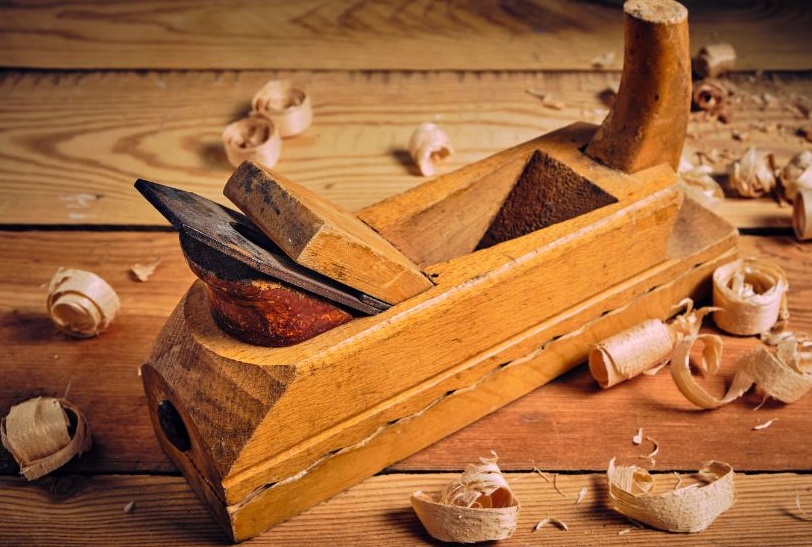
Carpenter’s wooden planes hold a special place in the history and tradition of woodworking, embodying craftsmanship, precision, and timeless elegance. These classic hand tools have been essential companions to woodworkers for centuries, allowing them to shape, smooth, and refine wooden surfaces with unparalleled precision and control. From traditional hand planes to specialty planes for specific tasks, the wooden plane remains an indispensable tool in the arsenal of every skilled carpenter in the UK.
At the heart of the carpenter’s wooden plane is its meticulously crafted body, traditionally made from hardwoods such as beech, maple, or rosewood. The body of the plane is carefully shaped and hand-finished to achieve the perfect balance of weight, stability, and maneuverability, ensuring smooth and precise operation with every pass. The warm, natural beauty of the wood adds an aesthetic appeal to the tool, enhancing the overall experience of woodworking.
Attached to the body of the plane is the iron, or blade, which is responsible for cutting and shaping the wood. The iron is typically made from high-carbon steel or alloy steel, which is tempered to achieve the perfect balance of hardness and flexibility. The cutting edge of the iron is meticulously sharpened and honed to a razor-sharp edge, allowing it to slice through wood fibers with minimal effort and resistance.
One of the key advantages of the carpenter’s wooden plane is its versatility and adaptability to a wide range of woodworking tasks. Whether flattening a board, smoothing a surface, or shaping a profile, this versatile tool excels in a variety of applications, making it an essential component of any carpenter’s toolkit. From basic bench planes and block planes to specialty planes for joinery, molding, and chamfering, the wooden plane offers the precision and control needed to achieve professional-quality results.
Moreover, the carpenter’s wooden plane offers several distinct advantages over its modern counterparts, particularly in terms of craftsmanship and quality. Unlike plastic or metal-bodied planes, which can be prone to flexing or distortion under pressure, the wooden body of the carpenter’s plane provides a stable and solid platform for cutting and shaping wood. Crafted from carefully selected hardwoods and hand-finished to perfection, the body of the plane absorbs shock and vibrations during use, ensuring smooth and consistent results with every pass.
In addition to its practical utility, the carpenter’s wooden plane holds a deeper significance as a symbol of tradition and craftsmanship in the UK woodworking tradition. Throughout the centuries, generations of carpenters and woodworkers have relied on this timeless tool to build some of the nation’s most iconic structures and furnishings, from Tudor-era timber-framed houses to Georgian-era furniture and millwork. The carpenter’s plane embodies the spirit of craftsmanship and dedication that have characterized the UK’s woodworking tradition, serving as a tangible link to the past and a source of inspiration for future generations of woodworkers.
Furthermore, the carpenter’s wooden plane offers a unique and immersive woodworking experience that is unmatched by modern power tools. As carpenters grasp the solid wooden body and feel the satisfying weight of the plane in their hand, they are transported back in time to an era when craftsmanship was a labor of love and precision was achieved through skill and patience. This hands-on approach to woodworking not only fosters a deeper appreciation for the craft but also allows carpenters to develop their skills and techniques in ways that are simply not possible with automated tools.
The carpenter’s wooden plane stands as a timeless symbol of tradition, craftsmanship, and ingenuity in the UK woodworking tradition. From its elegantly crafted wooden body to its razor-sharp iron, this iconic tool continues to play a vital role in shaping the nation’s architectural heritage and cultural identity. As carpenters continue to embrace the wooden plane as a staple of their craft, they honor the legacy of those who came before them and ensure that the art of joinery and carpentry remains alive and vibrant for generations to come.
